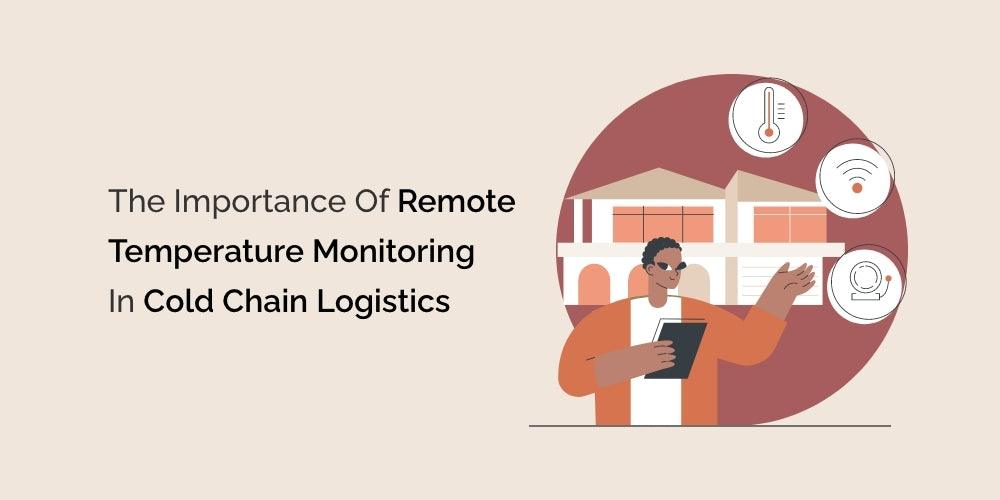Introduction
Cold chain logistics manages and transports temperature-sensitive products, such as food, pharmaceuticals, and chemicals. Ensuring these products are kept at the proper temperature throughout their journey is crucial for maintaining their quality and safety. Remote temperature monitoring is vital for achieving this goal, as it allows for real-time monitoring and tracking of temperatures during transportation and storage.
-
Maintaining Product Quality and Safety:
One of the most important reasons for using remote temperature monitoring in cold chain logistics is to ensure that products are kept at the proper temperature to maintain their quality and safety. For example, perishable foods such as meat, dairy, and products must be held at a specific temperature range to prevent spoilage. At the same time, pharmaceuticals and chemicals must be stored within a particular temperature range to prevent damage or degradation.
Also Read: 8 Techniques to Get the most of your reefer Truck
-
Compliance with Regulations:
Many industries, such as food and pharmaceuticals, are subject to strict rules regarding the storage and transportation of temperature-sensitive products. Remote temperature monitoring can help ensure these regulations are met by providing real-time data on temperatures during transport and storage. This data can be used to identify any potential issues with the temperature of the products, allowing for quick corrective action to be taken. Additionally, this data can be used to track the location of products and ensure that they are being stored and transported at the correct temperature. This data can also be used to analyze trends in temperature over time, allowing for better forecasting and planning of future shipments.
Also Read: How are Pharma Temperature Compliance Guidelines Set from State to State?
-
Cost Savings:
Finally, remote temperature monitoring can help reduce cold chain logistics costs. Providing real-time data allows for quick corrective action to be taken if there are any issues with the temperature of the products. This can help reduce spoilage and waste, leading to significant cost savings. Additionally, this data can be used to optimize routes and schedules, allowing for more efficient delivery times and lower transportation costs.
-
Improved Supply Chain Visibility:
Remote temperature monitoring also improves supply chain visibility by providing real-time temperature data throughout transportation and storage. This allows for better decision-making and the ability to quickly address any issues.
Conclusion
In conclusion, remote temperature monitoring is crucial for ensuring the quality and safety of temperature-sensitive products in cold chain logistics. Providing real-time data on temperatures during transportation and storage helps maintain product quality and safety, ensures compliance with regulations, saves costs, and improves supply chain visibility. As the importance of cold chain logistics continues to increase in today's globalized economy, remote temperature monitoring will become increasingly necessary for ensuring the safe and efficient transportation of temperature-sensitive products.








